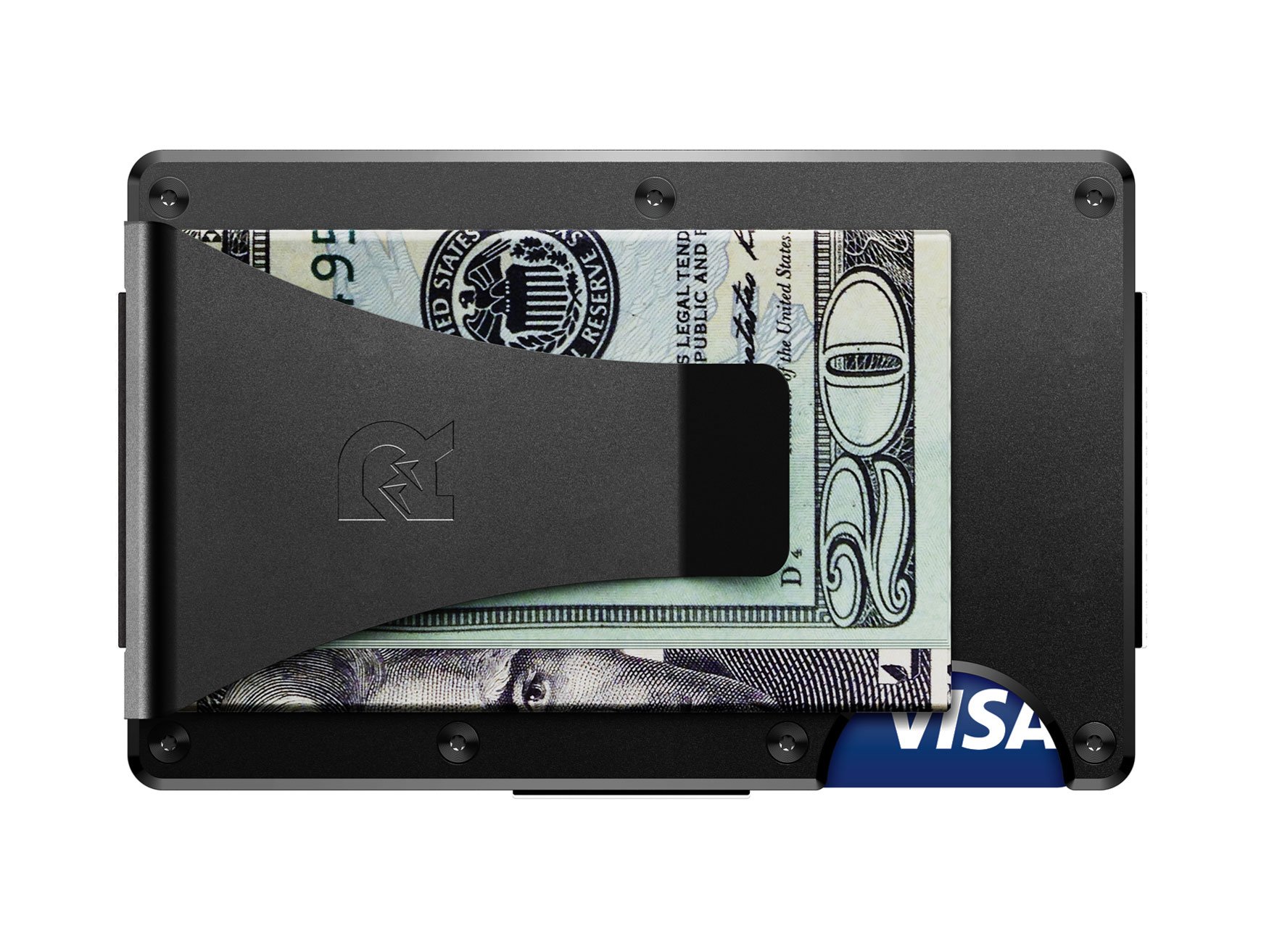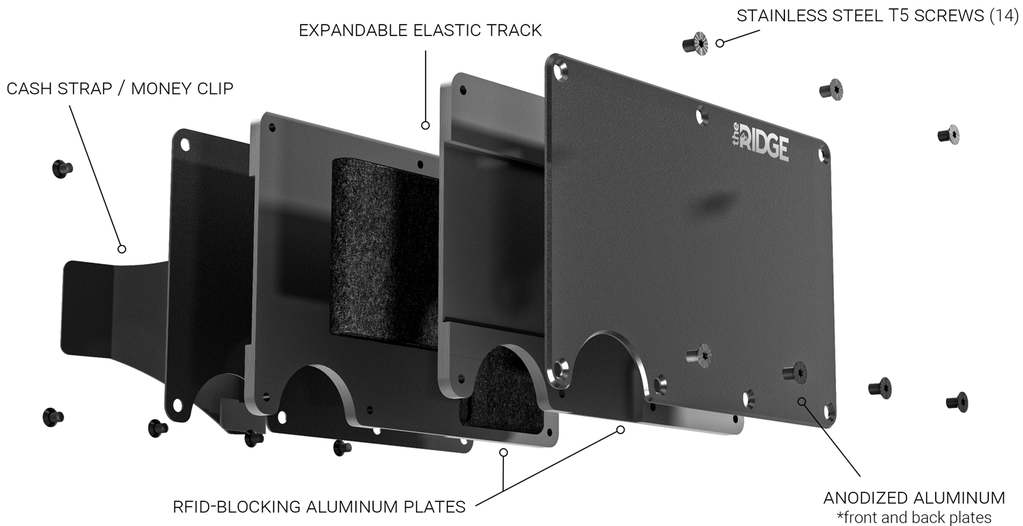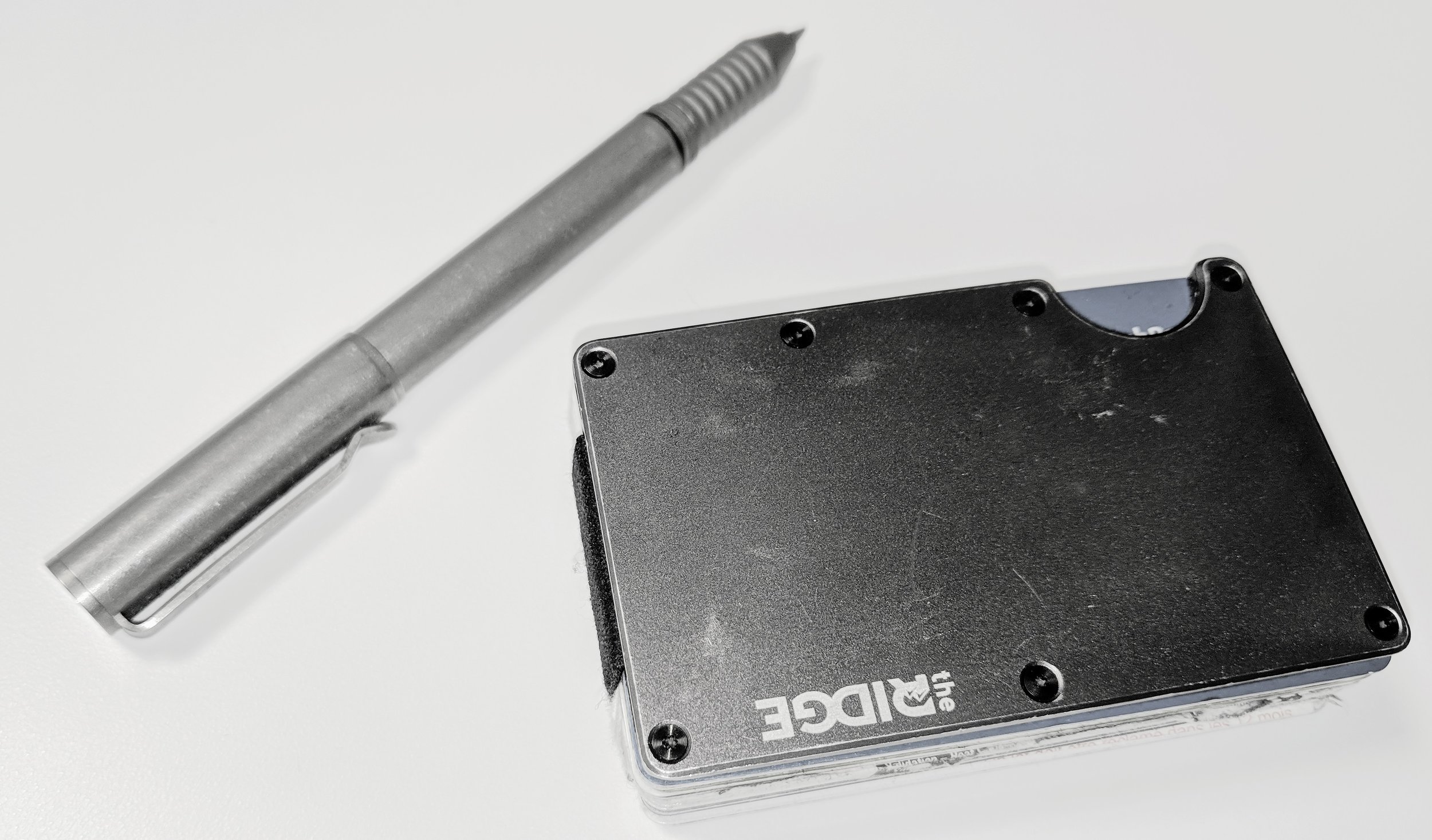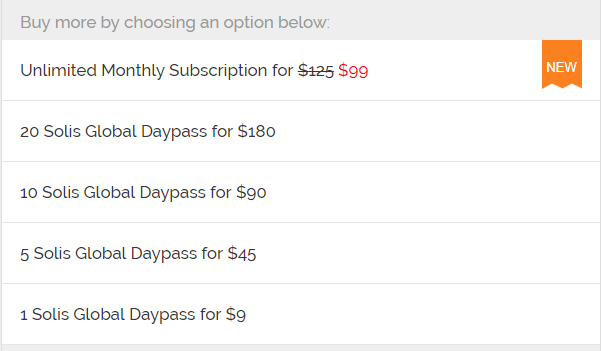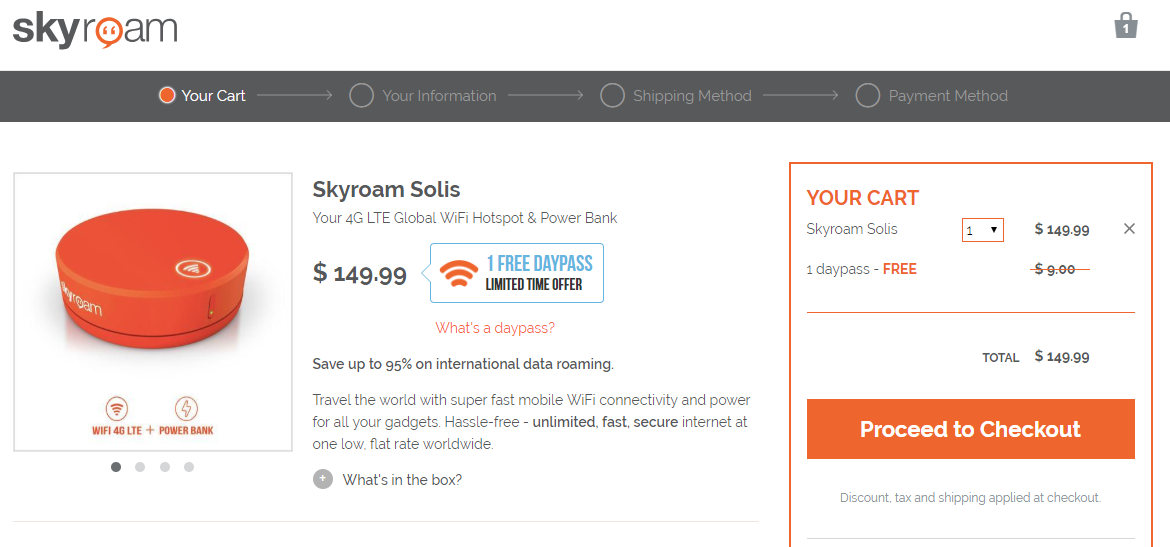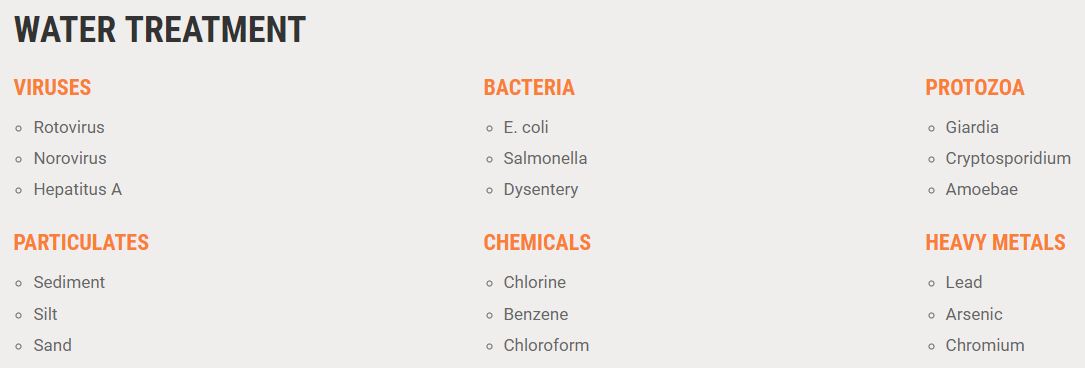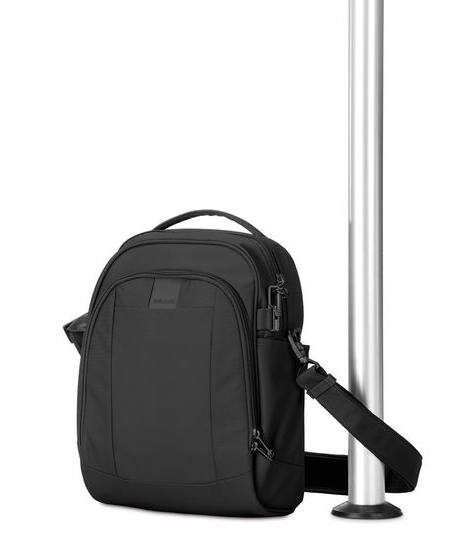Due to the blurring of boundaries between work and personal life caused by technology and the rise of remote work, the concept of work-life balance has been replaced by the concept of work-life integration. Achieving a work-life balance in the past meant striking a balance between the time and energy spent on work and personal life to avoid burnout and enhance well-being. However, with the proliferation of smartphones, laptops, and remote work, it has become increasingly difficult to separate work from personal life, causing a shift toward work-life integration.
The concept of work-life integration refers to the integration of work and personal lives in a sustainable way that promotes well-being. It recognizes that work and personal life are intertwined and cannot always be separated. The focus is not on balancing work and personal life but maximizing the overlap.
Setting boundaries, creating a schedule, and finding ways to disconnect are some tips and tricks employees can use in the new work-life integration model. You should set boundaries regarding when and how work should be performed and communicate them with your employer and colleagues. It is vital to develop a schedule that includes time for work, personal life, and rest to ensure you balance all aspects of your life. Finding ways to disconnect from work, such as turning off notifications, is also important to achieve a better work-life balance.
Work-life integration is associated with positive outcomes for employees, such as improved well-being and job satisfaction. In a study published in the Journal of Occupational Health Psychology, it was found that individuals who reported higher levels of work-life integration reported higher levels of psychological well-being and job satisfaction than those who reported lower levels (Kossek et al., 2011). In addition, a study published in the Journal of Applied Psychology found that work-life integration was positively associated with employee well-being and negatively associated with employee burnout (Allen et al., 2014).
In a study published in the Journal of Occupational Health Psychology, work-life integration was positively associated with job satisfaction and negatively associated with turnover intentions (Kossek & Ozeki, 1998). In a study published in the Journal of Vocational Behavior, Greenhaus & Powell (2006) found that work-life integration was positively associated with psychological well-being, job satisfaction, and organizational commitment.
The integration of work and life has also been shown to have positive effects on organizations. For example, according to a study published in the Journal of Applied Psychology, work-life integration was positively associated with organizational citizenship behaviour and negatively associated with turnover (Allen et al., 2014).
However, it is important to note that research also suggests that work-life integration can lead to adverse outcomes, including work-family conflict, burnout, and stress, if not properly managed. The Journal of Occupational Health Psychology found that work-life integration may lead to work-family conflict and burnout if employees cannot set boundaries and disconnect from work (Grzywacz & Carlson, 2007).
5 Tips
Take care of your physical and mental well-being by getting enough sleep, eating a healthy diet, and exercising regularly. As a result, you will be able better to manage the demands of your work and personal life.
Communicate effectively with your employer and colleagues about your work-life integration needs and expectations. As a result, you will be able to set boundaries and find effective ways to work together.
Technology can be a double-edged sword in integrating work and life. Organize your time and stay organized by using tools such as calendar apps and project management software.
If you need assistance, do not hesitate to ask for help. You can manage your work and personal lives more effectively by delegating tasks, finding a mentor, or speaking with a therapist.
Work-life integration can be unpredictable, so it is vital to be adaptable and flexible. It is essential to be open to trying new things and experimenting with different ways of working to find what works best for you.
Conclusion
Although work-life integration has been linked to positive outcomes for employees and organizations, individuals and organizations must find ways to effectively manage and maximize the overlap between work and personal lives. This can be accomplished by setting boundaries, creating a schedule, allowing time for disconnecting and providing the necessary support and flexibility in the workplace.
References:
Kossek, E. E., Lautsch, B. A., & Eaton, S. C. (2011). Work-life integration: An examination of conceptualization, research, and practice through the lens of business travel. Journal of Occupational Health Psychology, 16(2), 230–250.
Allen, T. D., Herst, D. E., Bruck, C. S., & Sutton, M. (2014). Consequences associated with work-to-familyenrichment and spillover. Journal of Applied Psychology, 99(6), 1401–1416.
Kossek, E. E., & Ozeki, C. (1998). Work-family conflict, policies, and the job-life satisfaction relationship: A review and directions for organizational behavior-human resources research. Journal of Applied Psychology, 83(2), 139–149.
Greenhaus, J. H., & Powell, G. N. (2006). When work and family are allies: A theory of work-family enrichment. Academy of Management Review, 31(1), 72–92.
Grzywacz, J. G., & Carlson, D. S. (2007). Reconceptualizing the work-family interface: An ecological perspective on the correlates of positive and negative spillover between work and family. Journal of Occupational Health Psychology, 12(2), 167–178.
Keywords: Work-Life Balance, Work-Life Integration, Tips, Tricks, Strategies, Managing, Blurred Boundaries, Burnout, Well-being, Remote work, Boundaries, Schedule, Disconnect, Self-care, Communication, Technology, Support, Flexibility, Prioritize.


